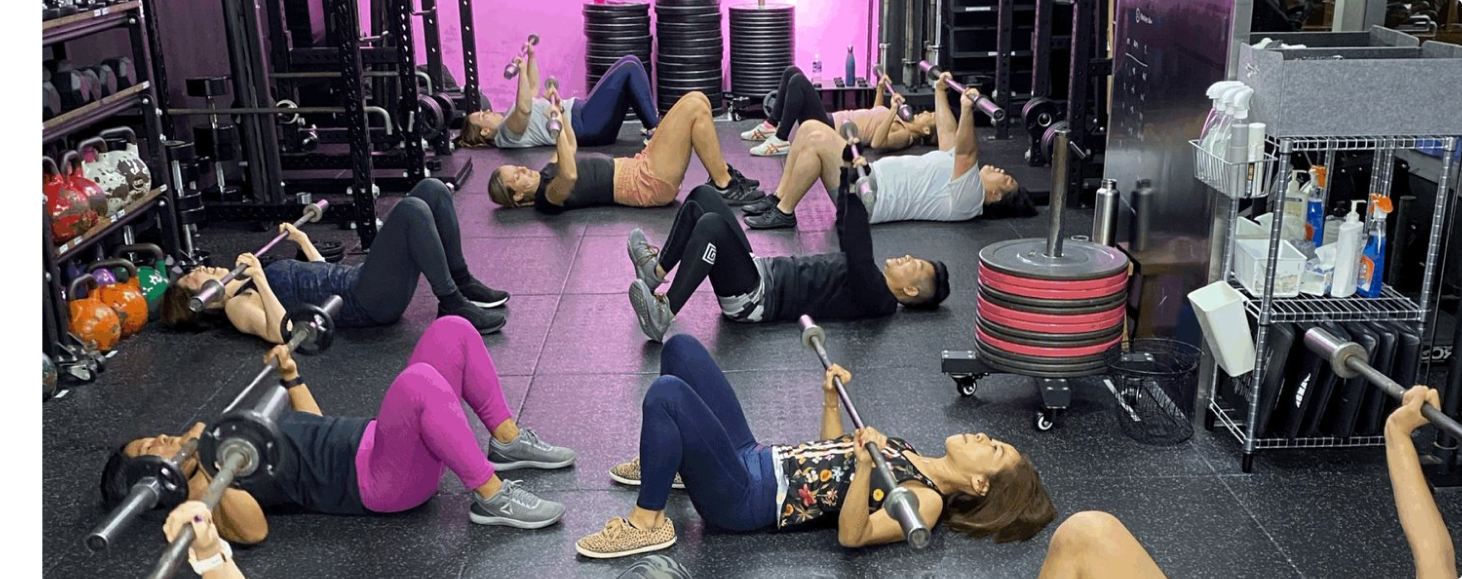The Math Behind The Movement (Part 1)
By: Coach Harry Taylor
Have you ever looked at our programming, or any other training programs you’ve seen in other gyms or online and wondered ‘why this exercise, why this rep range, why this %RM etc? And then concluded that it’s either part genius or complete guesswork! Thankfully at Pherform it’s closer to the genius end of the spectrum! But of course no program will ever be perfect and we are always striving to improve the why behind the what.
Whole thesis’s have been written on some of the questions asked above and is a subject that has almost limitless possibilities, still, below is an attempt to outline some of the framework, assumptions and variables that we use when designing our FST programming. We want to make you as strong, powerful, endurable and technical as possible and so therefore we need to cast out net wide in order to make sure our training approach will include all of these benefits.
Firstly we know from research literature that ‘training volume’ (sets x reps) is related to progression and that more volume equals more progression (to a point). However not all training volume is equal and so therefore we need to consider intensity too. * For reference the term ‘intensity’ in weight lifting refers to how much weight you are moving and has little correlation to complexity of exercise, duration of workout or heart rate.
Taking the ‘rep’ part of the equation. The traditional 1-5 reps for strength, 10-12 reps for hypertrophy, 15+ reps for endurance isn’t necessarily incorrect, but it's only as accurate as the weight being used for each of those reps.
For example:
10 sets of Barbell Squats- Different scenarios:
@ 10% of 1RM… the reps would have to be in their 100’s to elicit any training response and extremely ineffective for a whole host of reasons (time being one!)
@ 95% of 1RM….. would we even get more than 1 rep by set 6 without it becoming a shit show???
Each set stopped 5 reps ‘early’…..maybe not enough muscular stimulation to induce adaptation
Each set taken to beyond failure….. probably way too much fatigue and muscular stress, with a high degree of diminishing returns for a massive cost.
So we can see here that the load we use underpins the amount of training volume we can or should do, and underpins how that training volume works for us and not against us.
Broad frameworks that can give us guidance:
Intensities of between 30%-85% 1RM
Reps of between 5-20
Fatigue levels of between 3-0 RIR (reps in reserve). Or put another way, 3RIR means you could do 3 more reps if you had too, 0RIR means muscular failure and the ability to do no more reps in that given set.
When we compare set vs set we can see that heavier lifting is harder for us, demands more of our neuromuscular system and contractile capabilities of our muscles, and by default forces our rep range down. Whilst in comparison lighter weights are easier rep for rep, but we can do more per set, increasing the stamina capabilities of the muscle and time under tension, so the relationship between weight and reps balances out. Volume & Intensity both drive progression so finding the balance between the two is key. Lifther vs Sculpture would be a great example of this.
Our Lifther class is more strength focused but definitely gives us hypertrophy too. Our training volumes are lower (reps x sets) but our intensity (%1rm) is higher.
Sculpther is hypertrophy focused, utilising tempos, isolation work and lower amounts of rest, and so the total sum of work we do per session is higher.
The next parameter to consider is total training volume per muscle group per week. And whether that training volume is direct to that muscle group or indirect. For example:
Bicep curls- Direct bicep work
Banded Pull up- Indirect bicep work
Hip Thrusters- direct glute work
Front Squats- in direct glute work
Actually it's a black hole of never ending maths if we try to total all direct and indirect working sets for any given muscle and even if we did get there the net benefit to your training would be negligible. A better way of doing it is to look at total working sets per muscle group and factor in movement patterns e.g. squat/lunge, modality eg barbell/dumbbell and training approach adopted eg reps x sets x weight.
So when we look at our total training volume across the week, we can begin to compartmentalise our different workouts and look at the session intention, exercise selection, muscle group bias (if any), level of difficulty and modality. The easiest way to begin is to look at the workouts that have an obvious bias towards a certain movement pattern and/or part of the body. Scultpher and Lifther are broken down into upper/lower days and hinge/squat + push/pull days respectively. This gives us a good indication as to how many direct working sets have been programmed and at what intensity and difficulty. From there when we look at classes like Blasther and Igniter we can ensure that the selection of exercises, target muscle groups and intensity levels are prescribed appropriately. This safeguards against excessively training a particular set of muscles, limits the levels of associated wear and tear on tendons and ligaments from too much of one movement, and helps give variety and exposure to different exercises and movements.
In Part 2 we will continue to look at what else we as coaches consider when designing and delivering our FST programming.

